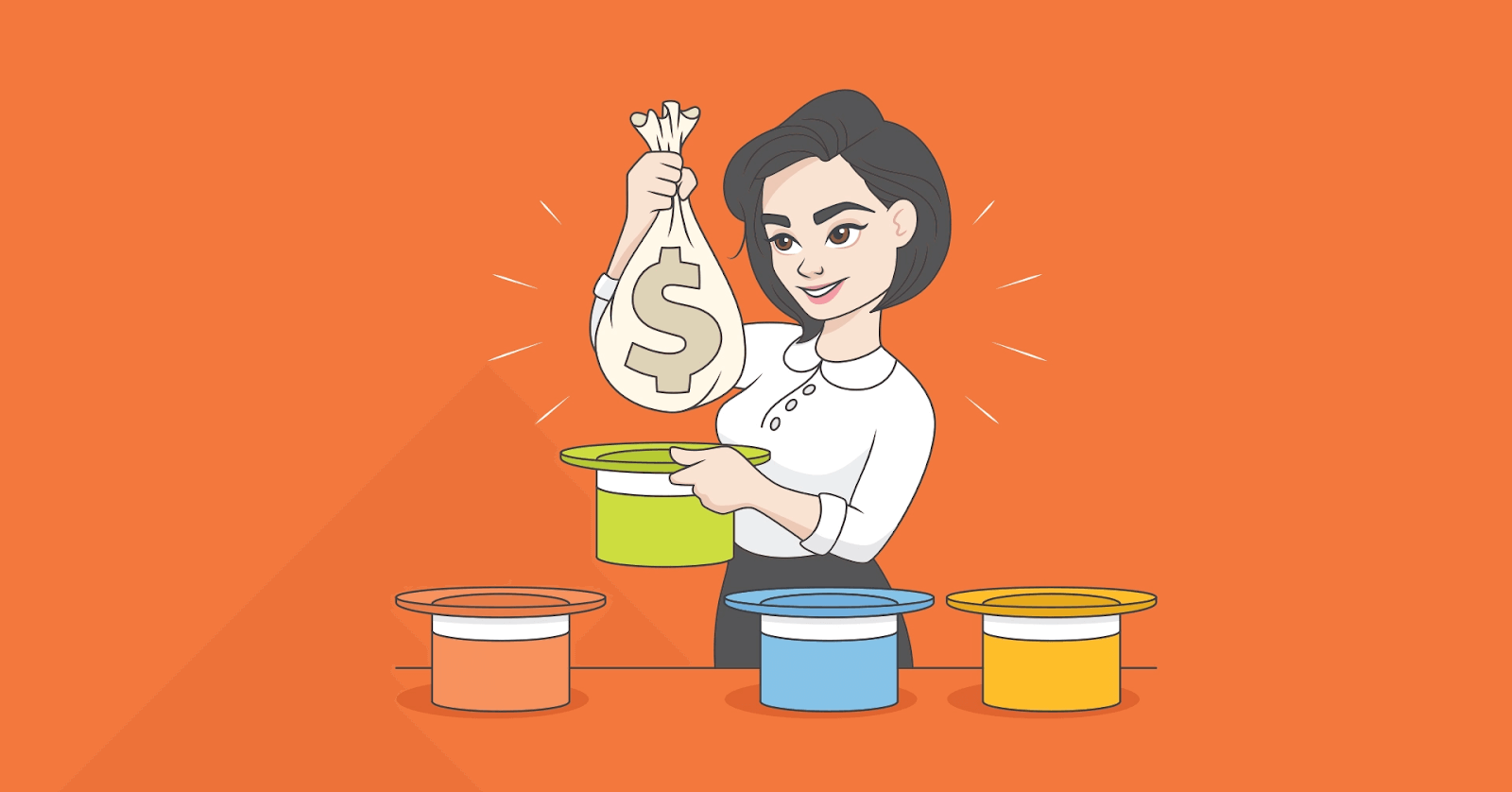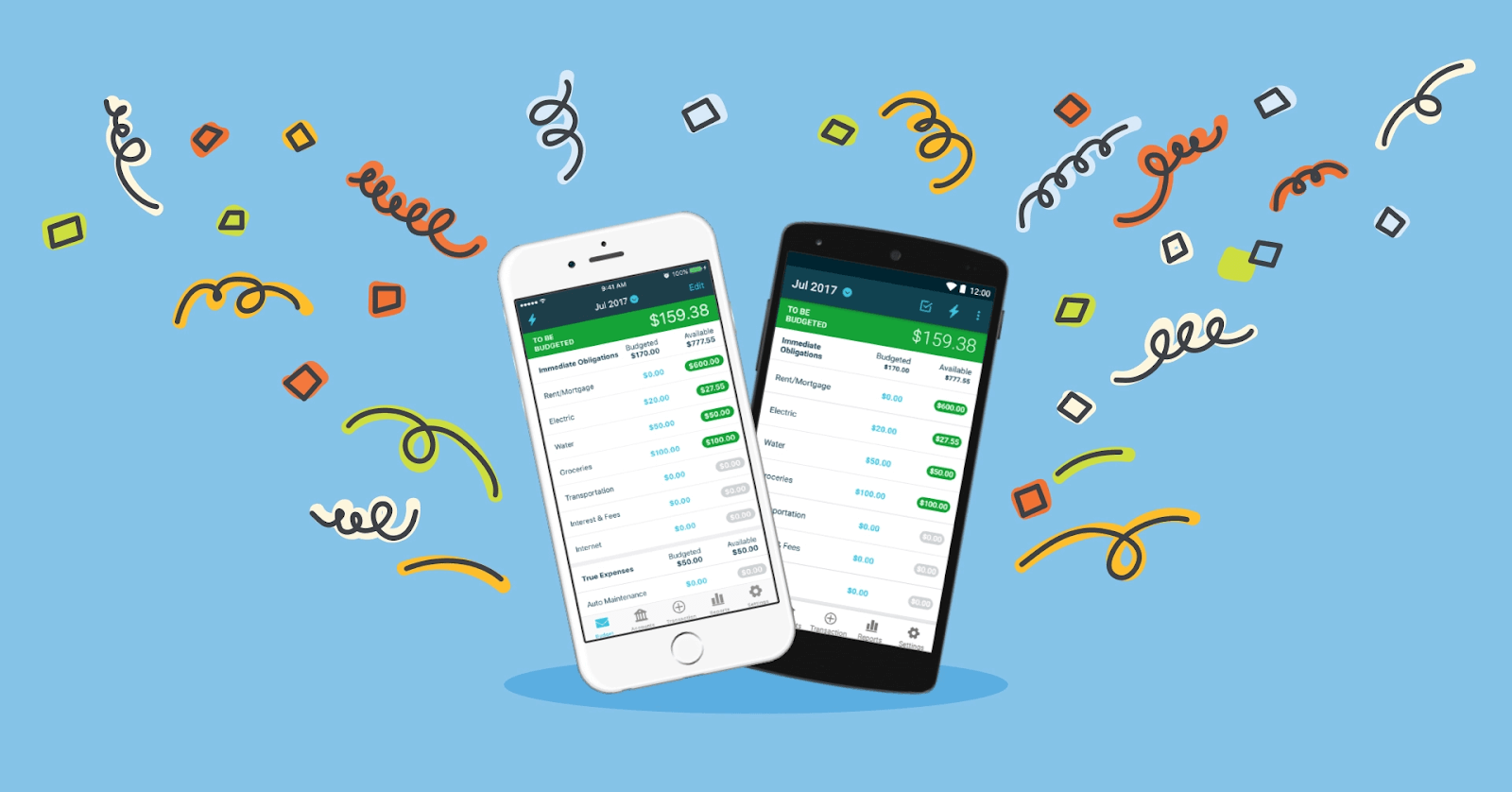From spreadsheet to digital product: You Need a Budget’s Product Excellence evolution

Welcome to our Age of Product Excellence series — a deep exploration of the Product Excellence Methodology, the product leaders who practice it, and the excellent products that result. Join us as we shine light on the strategies and thought processes behind an excellent product that customers use and love.
“Lots of people live paycheck-to-paycheck. They are often mired in debt and don’t have enough money to respond to anything that they didn’t expect. It’s a really stressful way to go through life. We want to remove that stress, and we can.”
That’s Todd Curtis, Chief Product Officer at You Need a Budget (YNAB). He’s been with the company for nearly a decade, shortly after its humble beginnings as an Excel spreadsheet for personal finance management.
You read that right. An Excel spreadsheet.
Obviously, the story doesn’t end there. As Smartphones and the mainstream app economy exploded, YNAB adapted. Its digital products now inspire what a Productboard Customer Success Manager describes as “heart eyes (?)” in its fiercely loyal user base.
“From the start, YNAB’s mission has been to teach people who don’t know much about technology or budgeting to handle their money differently. Our team often says that we are an education company that makes software to keep the lights on.”
YNAB delivers Product Excellence to help people take control of their finances and lead better lives. They do this by providing informational content, focusing on customers, prototyping feature ideas, and listening to a diverse set of voices inside and outside the company.
We sat down with Todd to discuss how YNAB champions its mission, and to learn more about how he leads YNAB’s product organization to keep up with new technologies and behaviors.
Equipping customers with the tools and knowledge to take control of their financial lives
When thinking about product strategy, Todd’s first thought is “well, what informs our product?” YNAB is all about equipping customers with the tools and knowledge to take control of their financial lives, so the question is:
“What can we do to help customers accomplish their financial goals that also enables us to accomplish our business goals?”
Many of YNAB’s customers have never managed money or used a personal finance tool before. So first and foremost, they must learn about the very concept of budgeting along with a brand new technology. Then, they need to apply the budgeting skills they learn in the YNAB app in real life. That’s why they use a sophisticated content strategy along with product strategy to help their users.
Creating excellent content provides the education needed to encourage users that they can have greater control over their finances. “Money creates a lot of anxiety and there’s a lot of shame around debt. For us, it’s really important to talk to people in a helpful, friendly way so that they feel engaged and proud of the effort that they’re making.”
The app builds on that education. “Our goal for the app side of the product is to continuously improve on what we can teach people. We want them to learn the skills they need to better manage their money. Every session on the app should leave them better off than they were before.”
“Our goal for the app side of the product is to continuously improve on what we can teach people. We want them to learn the skills they need to improve their financial lives. Every session on the app should leave them better off than they were before.”

Engaging with customers every step of the way
Todd and his team do their due diligence to gather and organize the insights, feature requests, and feedback coming in from all angles. “We use productboard to capture every single piece of information that comes to us or is gathered by our support specialists.”
“The product design team processes insights in productboard on a daily basis. They’ll take each piece of feedback and put it into a taxonomy built around what user’s needs are. It’s really helpful to go into productboard when we start feature work and remind ourselves of the ‘why’ behind what we’re building. It’s an extremely rich source — we get all the context.”
As ideas move into discovery and validation, Todd and his team go to customers directly. Todd tries to have hour-long sessions with two customers every week to learn about their budgeting story. Through the company’s frequent online workshops, YNAB is able to engage with hundreds of customers each day and hear their questions and concerns.
All these efforts help YNAB gain a deep understanding of what their customers really need and informs product strategy with actionable intelligence.

Testing and validating feature ideas early (and geeking out on prototypes)
To test and validate new feature ideas, Todd and his team get started as early as the conceptual stage. “We cobble together a group of users based on behavior we pull from analytics. Oftentimes a simple survey guarantees tons of good data. Other times we’ll do some quick testing using a tool called UsabilityHub.”
Todd also pushes hard to build prototypes early. “Our designers are really good at putting together a pretty easy prototype in Figma with some mockups and walking customers through it remotely. We still use paper prototypes — those are fun to geek out on. It’s a super useful tool for meeting somebody at a coffee shop and asking ‘where would you tap?’”
For feature ideas that are past the initial validation point, YNAB leverages beta groups…and YNAB employees.
“We always ship anything we build to employees first. We have support specialists validate a test before we run it. They test the test. Often, we discover that it would be better to run the test in a different way because of their experience.”
Todd tries to stay mindful of insider bias whenever they test and validate internally. “Our daily exposure to data and our users is rich and valuable. Still, it can cloud our judgment if we’re not careful.”
“We always ship anything we build to employees first. We have support specialists validate a test before we run it. They test the test. Often, we discover that it would be better to run the test in a different way because of their experience.”
The value of diverse points of view in product decisions
When reviewing a new release with the company, Todd makes it clear that each person should think about it in a way that’s meaningful for them. “If you’re a marketer, put your marketing hat on. If you’re an engineer, put your engineering hat on. It’s important to engage with all ideas that are on the table, because people don’t get upset with decisions, they get upset with decisions that they feel are arbitrary.”
“People don’t get upset with decisions, they get upset with decisions that they feel are arbitrary.”
Being a fully remote company helps with open communication and transparency. “Though you miss the option to pull somebody aside in the hallway, one benefit is that many conversations happen publicly and asynchronously in text. Everything is visible and transparent, and people can see how decisions are made.”
Removing financial stress from people’s lives
Some of YNAB’s success stories are so amazing they are almost unbelievable. People share experiences of paying off six figures of debt in a short number of years. Then there’s Todd’s favorite category of success story — people whose relationships with partners improve after using YNAB.
This mission motivates teams across YNAB to deliver the best products and services that help customers reach their goals. And it’s clear that they have succeeded. However, as we can tell from YNAB’s evolution from Excel spreadsheet to digital product, the company is not afraid to embrace change. Product Excellence has no endpoint — it is an ongoing process that your product goes through to meet changing needs and expectations. With this is mind, we look forward to seeing where YNAB takes their product in the future.
. . .
We hope you enjoyed this installment of our Age of Product Excellence Series. Hungry for more? Read our kickoff post on the defining characteristics of products considered truly excellent by their users, our interview with Postmark App’s product lead, and our interview with the Co-CPO of Certify Inc./Chrome River.
All images from You Need a Budget.




![The CPO’s Blueprint for Annual Planning: An Opportunity to Drive Change [Part 3]](https://www.productboard.com/wp-content/uploads/2024/11/strategy-blueprint-560x293.png)
